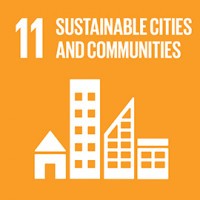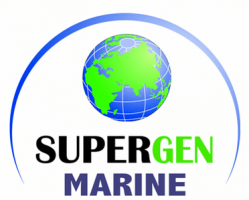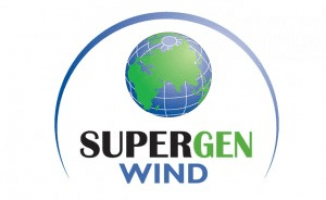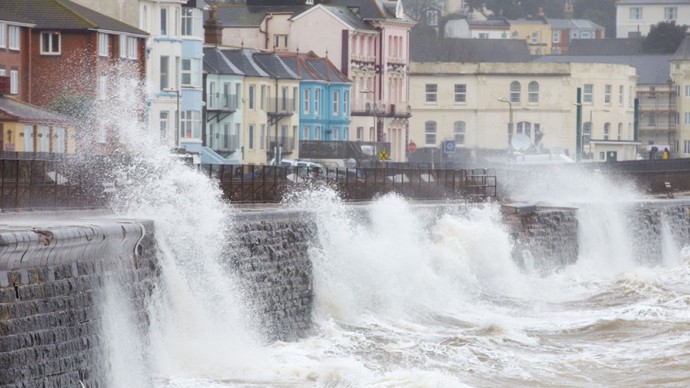
Research: Protection from rising seas and severe storms
By modelling how waves interact with coastal structures, our research has helped improve coastal flood defences.
Summary
Research summary
Our research helps to understand how violent waves behave when they break over structures - paving the way for better coastal defences and flood protection.
We have produced detailed models of complex wave dynamics, including the first to integrate the effects of water depth, wind and aeration.
Our open source computer code, AMAZON, can be used to model the geometry of moving and floating structures.
AMAZON uses high resolution sensors to capture the interaction of water and air. It can identify sudden changes in system dynamics, and model wave generation, steepening, overturning and breaking over a structure. The code can also create a full set of flow variables.
By using parallel computing we’ve been able to substantially reduce the time it takes to run calculations. We’ve also overcome many of the limitations of other modelling techniques, including by integrating aeration and cavitation calculations. Both affect the loadings under extreme wave conditions that structures must survive.
Statistic
Impact
Research impact
The Dutch engineering firm Royal HaskoningDHV has used our AMAZON shallow water code in more than 40 coastal defence projects - protecting communities and critical national infrastructure against flooding and erosion.
One example is the award-winning Bacton sandscaping project in Norfolk, which protects two villages and a natural gas terminal.
AMAZON helped understand how sand on the beach would behave during storms and how high dunes would need to be to provide protection. The new dunes are up to seven metres higher and the beach now extends as far as 250m out to sea - making the defences able to withstand a 1-in-10,000 year storm.
The economic benefit of the improved protection is estimated to be around £33m.
Royal HaskoningDHV is using AMAZON to investigate sandscaping projects at 20 other sites in the UK.
-
![Large waves breaking against a sea wall in Devon, UK]()
Time, tide and computer codes
Find out more
Supporting sustainable development

Sustainable cities and communities
Making cities inclusive, safe, resilient and sustainable

Climate action
Promoting mechanisms for raising capacity for effective climate change-related planning and management
Research outputs
-
Hu, K, Mingham, CG and Causon, DM (2000) Numerical simulation of wave overtopping of coastal structures using the non-linear shallow water equations. Coastal Engineering 41(4):433-465
-
Qian, L, Causon, DM, Mingham, CG and Ingram, DM (2006) A Free-Surface Capturing Method for Two Fluid Flows with Moving Bodies. Proceedings of the Royal Society A 462(2065):21-42.
-
Hu, ZZ, Causon, DM, Mingham, CG and Qian, L (2011) Numerical Simulation of Floating Bodies in Extreme Free Surface Waves Natural Hazards and Earth Systems Science 11(2):519-527
-
Ma, ZH, Causon, DM, Qian, L, Mingham, CG, Gu, HB and Martinez-Ferrer, PJ (2014) A Compressible Multiphase Flow Model for Violent Aerated Wave Impact Problems. Proceedings of the Royal Society A 470:20140542
-
Martinez-Ferrer, PJ, Causon, DM, Qian, L, Mingham, CG and Ma, ZH (2016) A Multi-region Coupling Scheme for Compressible and Incompressible Flow Solvers for Two-Phase Flow in a Numerical Wave Tank. Computer and Fluids 125:116-129
-
Chen, H, Qian, L, Ma, Z, Bai, W, Li, Y, Causon, D and Mingham, C (2019) Application of an overset mesh based numerical wave tank for modelling realistic free-surface hydrodynamic problems. Ocean Engineering 176:97-117
Team
Funding
With funding from

EPSRC

Leverhulme Trust

Supergen Marine

Supergen Wind
Contact
Contact us
For general enquiries about our Mathematical Modelling and Flow Analysis research theme, you can contact its lead Prof Ling Qian.

